Ofcom Consult on UK White Space Wireless Broadband Trial and Coexistence
Ofcom are currently prepping their autumn 2013 pilot of Wi-Fi style White Space (IEEE 802.22) wireless broadband technology and have today launch a new consultation to examine the potential interference issues of using this alongside existing Digital Terrestrial TV (DTTV) channels in the 470MHz – 790MHz (UHF TV) band.
White space technology is seen as one possible solution to the growing congestion of wifi networks. It could also be used to help connect rural areas where fixed line broadband ISP coverage is poor to non-existent. But to do this it needs to make use of the small slices of spare radio spectrum that exist between TV channels and this requires a special online database (channel arrangements change all the time and vary across the country, which makes a dynamic database essential).
Advertisement
The database is necessary because Ofcom would have to restrict the power and frequencies at which White Space devices can transmit at a given time and location, which would be “based on calculations of the amount of available white space in each location“. The regulator suggests that this solution has a “low probability of harmful interference to other services” but has decided to “err on the side of caution” and now seeks to examine the issue further.
Ofcoms White Space Trial – September 2013 Update
Later this year, we will test our proposals to the extent practicable in a pilot programme comprising a number of trials around the UK by a range of service providers. As part of the pilot we will allow increased power levels to be used for limited time periods to assist with this testing.
We will refine our coexistence proposals in light of evidence both from the pilot and from stakeholders with a view to finalising them in the summer of next year ahead of the launch of a full, nationwide solution in the third quarter of 2014.
It’s interesting to note that Ofcom’s own “detailed initial modelling” of the potential effects of their coexistence proposals on the amount of white space spectrum that will be available for related devices, when considering the constraints required for DTTV’s operation, has found that the “best performing” white space devices can radiate at the maximum permitted power level in three or more 8MHz channels at around 90% of households in the UK (note: this falls to 70% for weaker white space devices).
Ofcom’s research also revealed that white space devices with lower power levels could access “considerably more channels” and do so from a larger number of locations. However, despite all the recent private trials, the future of white space technology as a commercial UK solution remains uncertain.
TV white spaces: approach to coexistence (PDF)
http://stakeholders.ofcom.org.uk/…/summary/white-spaces.pdf
Mark is a professional technology writer, IT consultant and computer engineer from Dorset (England), he also founded ISPreview in 1999 and enjoys analysing the latest telecoms and broadband developments. Find me on X (Twitter), Mastodon, Facebook, BlueSky, Threads.net and Linkedin.
« Ofcom Considers New Broadband ISP Rules to Clarify Traffic Management
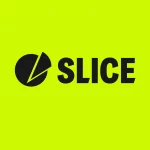
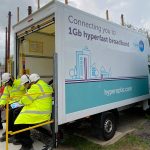

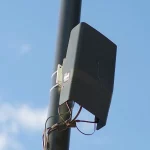


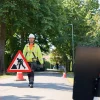

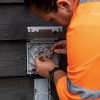
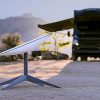
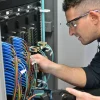






































Comments are closed